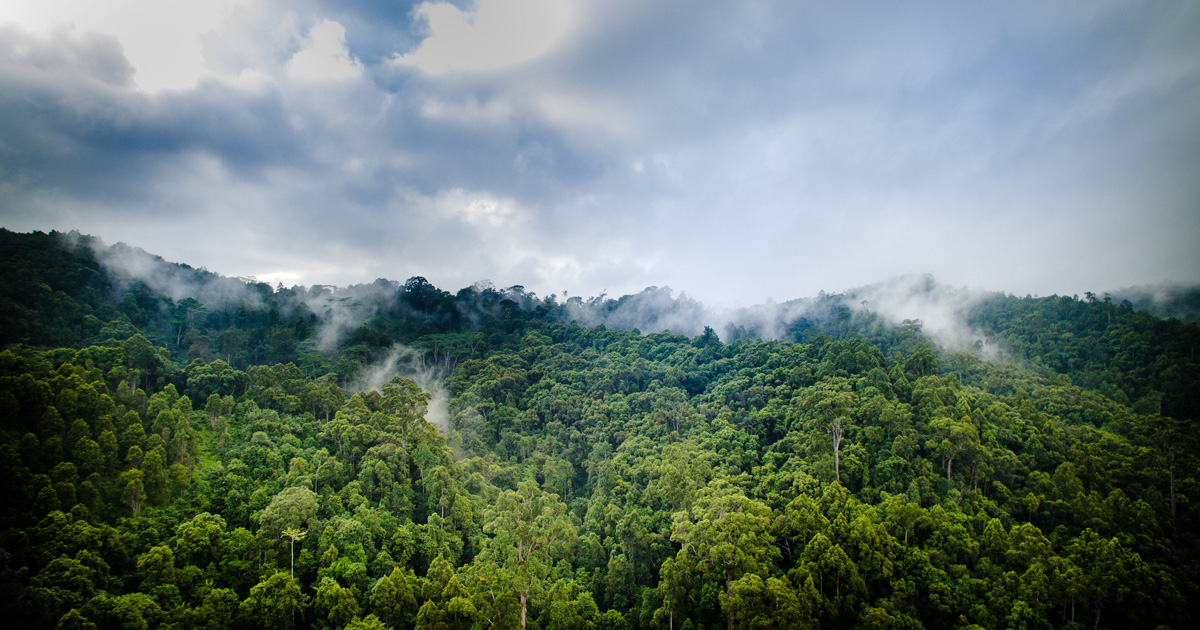Sugarcane (Saccharum officinarum) occupies large areas of tropical regions as a single crop, and there is a lack of research on its cultivation in agroforestry systems (AFS). Thus, the use of simulation models to investigate its potentialities and restrictions is an important phase of evaluation. The Water, Nutrient and Light Capture in Agroforestry Systems (WaNuLCAS) model was used to investigate long-term biophysical interactions and system performance of sugarcane–rubber (Hevea brasiliensis) and sugarcane–eucalyptus (Eucalyptus grandis) alley cropping. Each system was simulated for 20 years in two soil types of Piracicaba, Brazil. The effects of light and soil water on plant growth were evaluated. Outputs of the mature phase of the system were compared to results of on-farm sugarcane-tree trials. Simulations showed a strong competition in the AFS and that light and soil water are limiting factors. Competition for these resources increased as the trees grew and it depended on tree biological characteristics and management of the systems. WaNuLCAS was an useful tool to speculate about the systems, to identify limiting factors, qualitative tendencies, and management strategies, but it presented limitations to quantitative analysis.
DOI:
https://doi.org/10.1016/j.agsy.2004.09.009
Altmetric score:
Dimensions Citation Count:
























